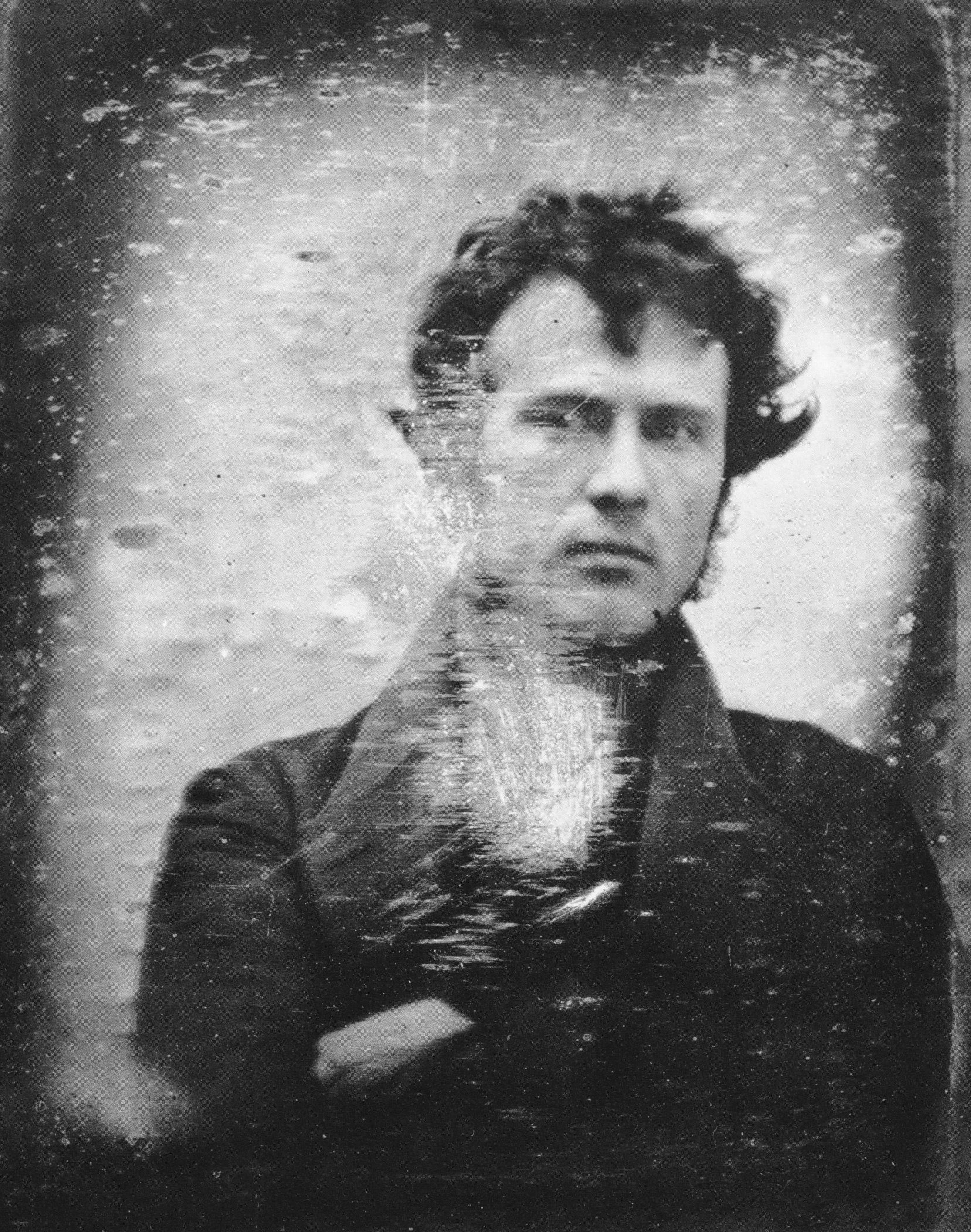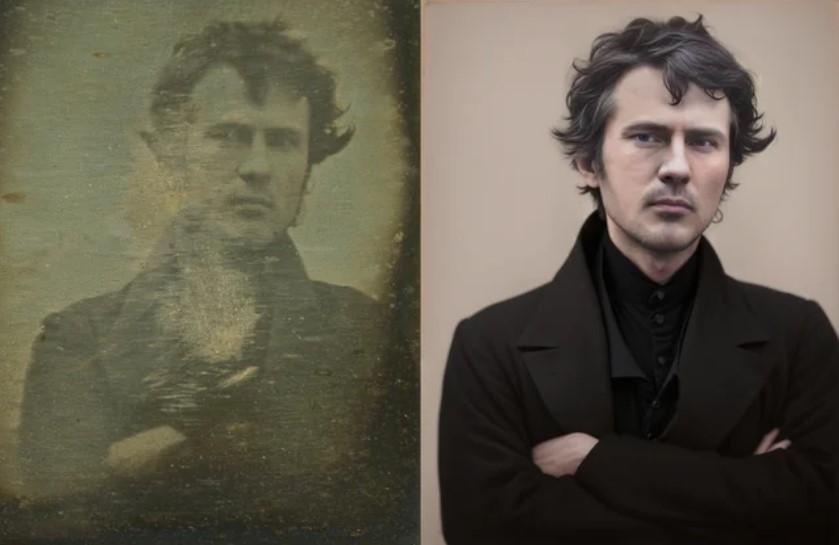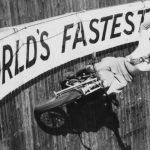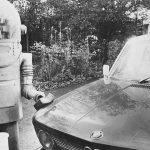In 2013, the term “selfie” made headlines when Oxford Dictionaries named it the Word of the Year. This term was widely known in 2011 but many might not know that the first selfie traced back much further, all the way to the 19th century.
In 1839, Robert Cornelius, a young chemist from Philadelphia, stepped outside his family’s store and took what is widely regarded as the first-ever self-portrait photograph in history.
The making of selfie

In 1839, Robert Cornelius, a 30-year-old man, found himself alone in the yard of his family’s gas lighting business in Philadelphia. It was late October or early November when he decided to capture a moment using a makeshift camera he had fashioned, which featured a lens made from an opera glass.
Cornelius, dressed in a coat with an unusually high collar by today’s standards, had dark, tousled hair and piercing eyes that conveyed a sense of skepticism. He knew that he had to wait for the right light to expose the carefully prepared metal plate inside the camera.
The challenge ahead was to remain perfectly still and gaze forward for 10 to 15 minutes—no small feat for anyone, especially in those early days of photography.

On a seemingly ordinary day, Cornelius struck a pose in his yard. He looked strikingly handsome with his collar turned up and hair tousled, leading some to humorously claim he took the world’s first selfie. However, this moment marked much more than a playful snapshot.
“Taking a portrait is astounding in 1839,” said Rachel Wetzel of the Library’s Conservation Division. “Taking a self-portrait is a whole next level up from that. That portrait is incredibly significant.”
Cornelius’ daguerreotype is recognized as the earliest known photographic portrait still in existence today. The Library obtained this significant piece, along with other works by Cornelius, in 1996, as part of the Marian S. Carson collection.
Who is keeping this photo?

The Library’s collection of Cornelius materials has just received a significant boost. In December, Sarah Bodine, Cornelius’ great-great-granddaughter, generously donated a remarkable set of his photographs and related items.
This collection features a daguerreotype of Cornelius himself and portraits of his children taken by other early photographers from Philadelphia. Additionally, it includes some of Cornelius’ experimental camera lenses and various documents tied to his business ventures and patent applications.
“The collection gives a much broader picture of Robert Cornelius at the Library, beyond the photographs we currently hold,” said Micah Messenheimer of the Library’s Prints and Photographs Division.
Wetzel’s deep knowledge of Cornelius played a crucial role in bringing the Bodine collection to the Library. Prior to her arrival at the Library in 2019, she served as a photo conservator at the Conservation Center for Art and Historic Artifacts in Philadelphia (CCAHA).
There, she collaborated with a talented team of conservators from various institutions, including two from the Library itself. Together, they focused on researching early daguerreotypes and developing effective preservation techniques to protect these fragile artifacts for future generations.


